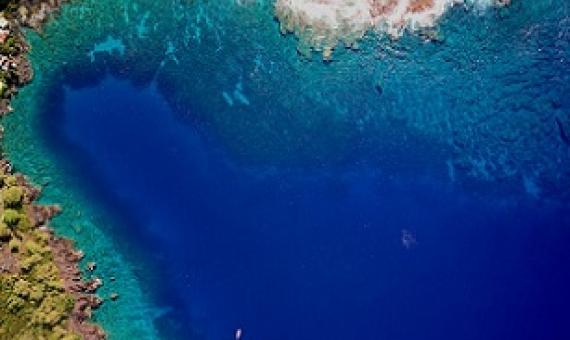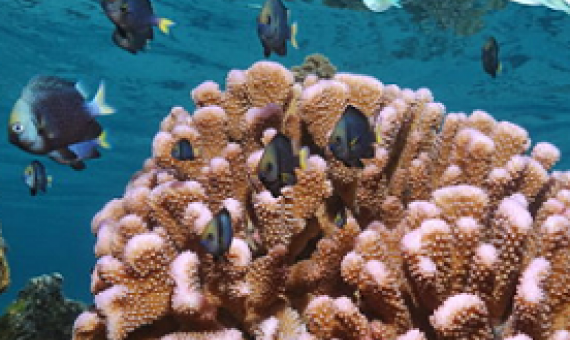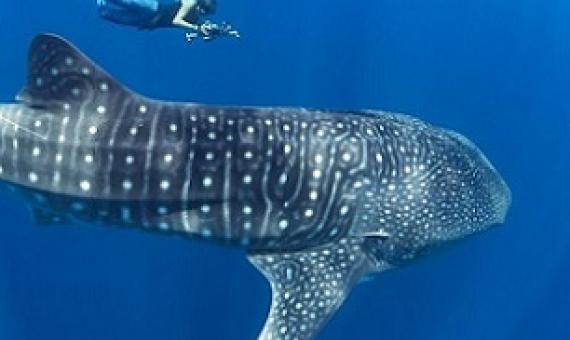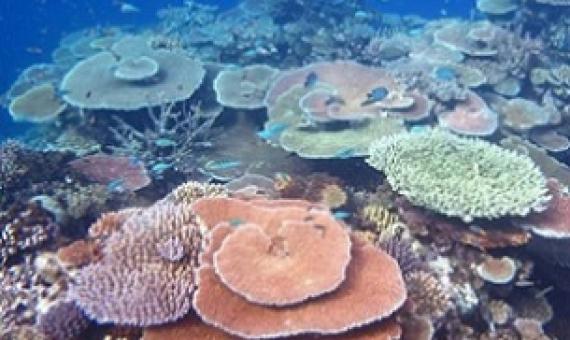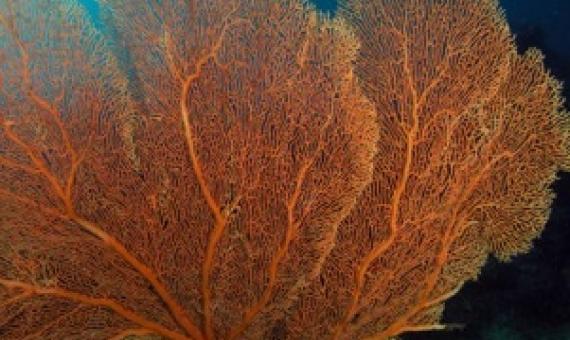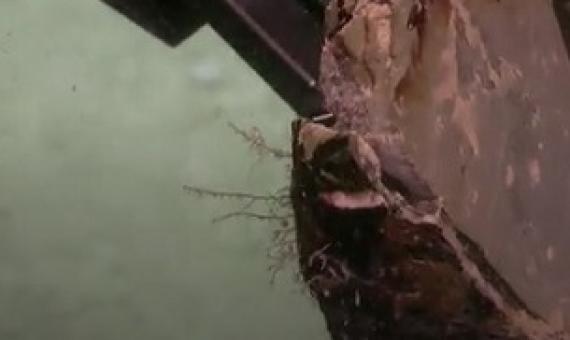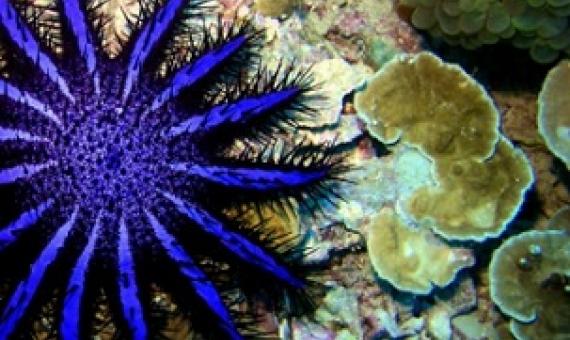When you visit the world's zoos and aquariums, be sure to enjoy the colorful corals living throughout large and small marine exhibits.
A new study has found a 45% decline in the biomass of important fish species in West Hawai‘i’s reefs across a 10-year period...The study will inform new management practices to protect Hawai‘i’s coral reefs, including the state’s 30 by 30 initiative, which aims to designate 30% of Hawai‘i’s
Due to the increasing pressure of global warming on highly valuable coral reef ecosystems, scientists are now seeking novel ways to decrease heat stress on corals.
For the first time in history, a group of scientists documented the complete journey of a whale shark from Galapagos Island in Ecuador to Cocos Island in Costa Rica, highlighting the need for cutting-edge solutions to protect highly migratory species in the Eastern Tropical Pacific.
Our new study examined the traditional ideas of coral species and their evolutionary relationships using “phylogenomics” – comparing thousands of DNA sequences across coral species. Our results revealed the diversity and distributions of corals are vastly different to what we previ
The world’s oceans continue to absorb fossil fuel emissions and heat from the atmosphere, causing them to become warmer and more acidic.
For the first time, scientists have viewed the deepest regions of the Great Barrier Reef Marine Park, discovered five un-described species consisting of black corals and sponges, and recorded Australia's first observation of an extremely rare fish.
As if they don't already face enough challenges from bleaching, many of the world's coral reefs are currently being eaten by the crown-of-thorns starfish.
The scaffolds that help hold together the world's tropical reefs are at risk from acidification due to increased carbon dioxide in the world's oceans, according to geoscientists at the University of Sydney.
Scientists announced Wednesday they had tracked the movements of reef manta rays between two UNESCO World Heritage areas along Australia’s west coast using satellites and a set of decades-old photographs, giving them unique insights into their little-known behaviors.


